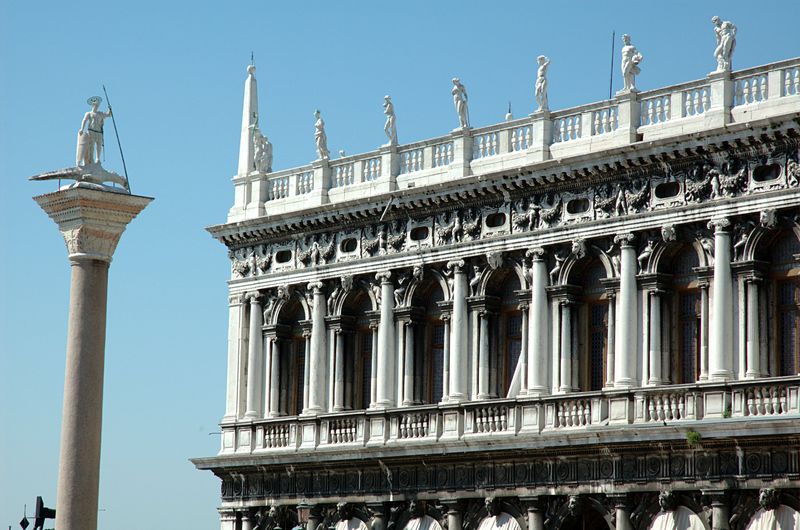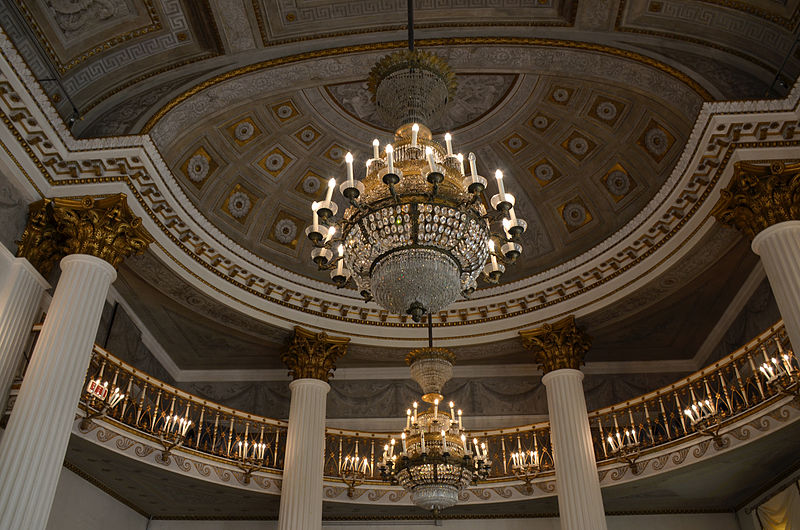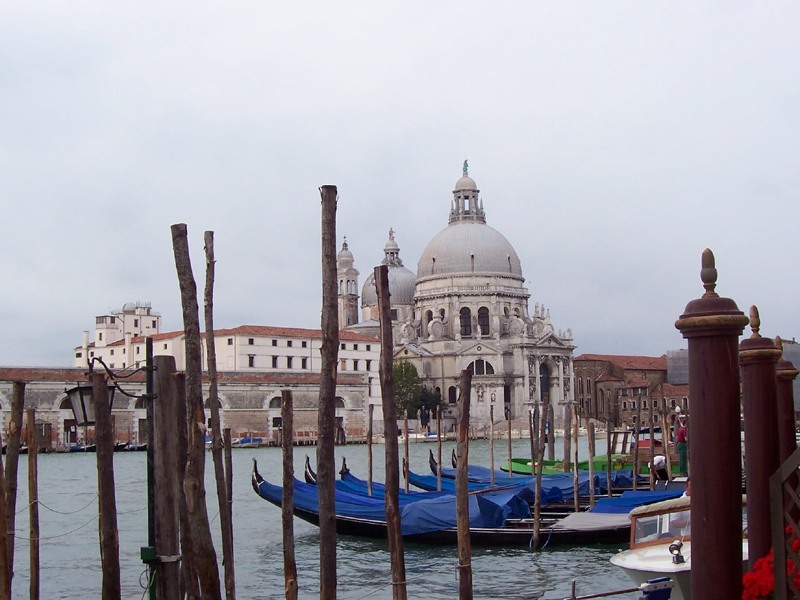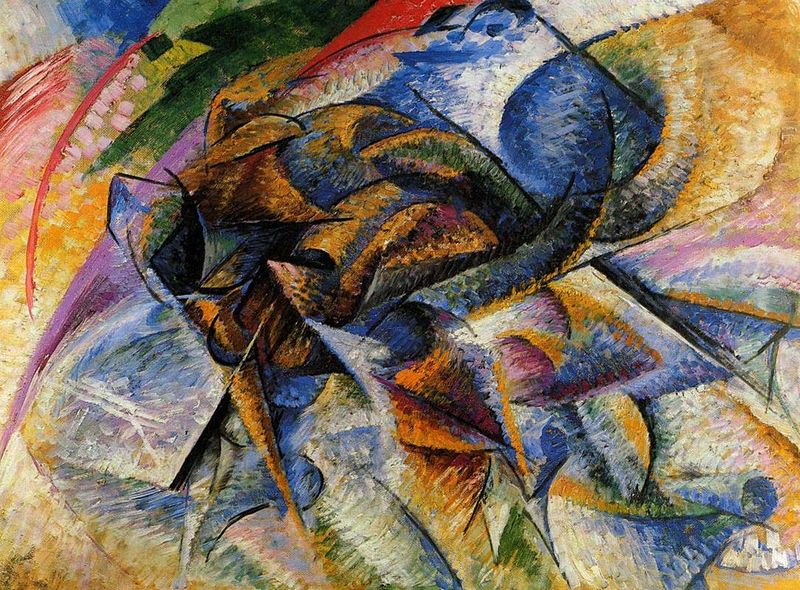Venice, a city built on a lagoon and canals in north eastern Italy, is extraordinary and magical. Its existence defies logic. Cars are banned here, you can only walk, take a water taxi or vaporetto. Venice is one of the most important tourist destinations in the world for its celebrated art and architecture.
Venezia
The Piazza San Marco is the principal public square of Venice. A remark usually attributed (though without proof) to Napoleon calls the Piazza San Marco "the drawing room of Europe". Beginning of construction dates back as early as 800. The Piazzetta ("little Piazza/Square") is an extension of the Piazza towards the lagoon in its south east corner and the two spaces together form the social, religious and political centre of Venice.
The Campanile di San Marco is the bell tower of St Mark's Basilica and is one of the most recognizable symbols of the city. Initial construction began in the 9th century, initiated during the reign of Pietro Tribuno (887-912) and built on Roman foundations. It was used as a watch tower or lighthouse and it reached its present form in 1514. The tower is capped by a pyramidal spire, at the top of which sits a golden weathervane in the form of the archangel Gabriel.
It is the cathedral church of the Roman Catholic Archdiocese of Venice, northern Italy. It is the most famous of the city's churches and one of the best known examples of Italo-Byzantine architecture. For its opulent design, gold ground mosaics, and its status as a symbol of Venetian wealth and power, from the 11th century on the building has been known by the nickname Chiesa d'Oro (Church of gold).
Built in 1600, this iconic enclosed bridge is made of white limestone, has windows with stone bars, and passes over the Rio di Palazzo and connects the New Prison (Prigioni Nuove) to the interrogation rooms in the Doge's Palace. According to a local legend, lovers will be granted eternal love and bliss if they kiss on a gondola at sunset, under the Bridge of Sighs, as the bells of St Mark's Campanile toll.
The Palazzo Ducale is a palace built in Venetian Gothic style and was the residence of the Doge of Venice, the supreme authority of the former Republic of Venice. Beginning of construction dates back as early as 810; however, no trace remains of that 9th-century building as the palace was partially destroyed in the 10th century by a fire. Over the centuries, the Doge’s Palace has been restructured and restored countless times.
The Museo Correr originated with the collection bequeathed to the city of Venice in 1830 by Teodoro Correr who was a passionate collector. With its rich and varied collections, the Museo Correr covers both the art and history of Venice. The collections illustrate the life and culture of the Venetian Republic over the centuries of its political grandeur and independence.
Venezia
The canal forms one of the major water-traffic corridors in the city. Public transport is provided by water buses (vaporetti) and private water taxis, and many tourists explore the canal by gondola. There are many Renaissance palaces and churches along the canal. Most of the palaces emerge from water without pavement. Consequently, one can only tour past the fronts of the buildings on the grand canal by boat.
The Basilica di Santa Maria Gloriosa dei Frari, usually just called the Frari, is one of the greatest churches in the city. Completed in 1396, the imposing edifice is built of brick, and is one of the city's three notable churches built in the Italian Gothic style. Titian, the most important member of the 16th-century Venetian school of painting, is interred in the Frari.
Commonly known as the Salute, it is a Roman Catholic church standing at the entrance of the Grand Canal. Completed in 1687, the great Baroque dome of the Salute was an important addition to the Venice skyline and soon became emblematic of the city, inspiring famous artists like Canaletto, J. M. W. Turner and John Singer Sargent. The church also had a large influence on contemporary architects immediately after its completion.
The museum is one of the most visited attractions in Venice. The collection is housed in the Palazzo Venier dei Leoni, an 18th-century palace, which was the home of the American heiress Peggy Guggenheim for three decades. The collection includes works of prominent Italian futurists and American modernists working in such genres as Cubism, Surrealism and Abstract expressionism. It also includes sculptural works.
It is the second largest sestiere (district) of the city. Development began in the 18th century. Although elegant palazzos were built facing the Grand Canal, the area grew primarily with working class housing and manufacturing. Today, it is a more peaceful and genuine residential area where locals mingle in the morning markets, neighborhood shops, and small cafés.




































